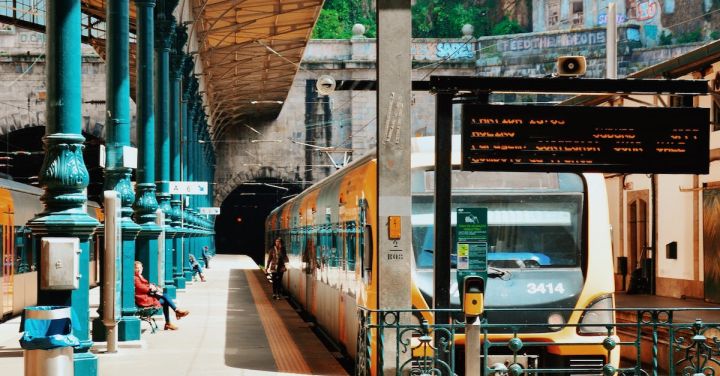In our quest for a more sustainable future, green technology has become an integral part of various industries. One sector that has embraced this transformative shift is the railway industry. Railways, known for their efficiency and capacity to carry large numbers of passengers and goods, are now adopting green technology to reduce their carbon footprint and contribute to a cleaner environment.
One of the key advancements in green technology for railways is the development of electric trains. Unlike their diesel counterparts, electric trains run on electricity, which significantly reduces emissions and noise pollution. These trains are powered by overhead cables or third rail systems, eliminating the need for fossil fuels. With their smoother operation and reduced vibration, electric trains offer a more comfortable and eco-friendly mode of transportation.
To further enhance the sustainability of railways, regenerative braking systems have been introduced. Traditionally, when a train brakes, the kinetic energy is wasted as heat. However, regenerative braking systems convert this energy into electrical energy, which can be stored and used to power other trains or even the railway infrastructure. This innovation not only reduces energy consumption but also decreases the reliance on external power sources, making railways more self-sufficient and environmentally friendly.
Another remarkable development in green technology for railways is the use of solar panels. By installing solar panels on the rooftops of trains or along railway tracks, trains can generate electricity from the sun’s rays. This renewable energy can be used to power various systems on board, such as lighting, air conditioning, and even electric charging points for passengers. Solar panels not only reduce the reliance on external power sources but also contribute to the overall energy efficiency of trains.
Furthermore, the integration of energy storage systems in railway infrastructure is transforming the way energy is managed. These systems store excess energy generated by renewable sources, such as solar panels, and release it during peak demand periods. By efficiently managing energy flow, railways can minimize wastage and ensure a stable and reliable power supply. This integration of energy storage not only improves the sustainability of railways but also enhances their resilience.
In addition to on-board and infrastructure innovations, green technology is also revolutionizing the maintenance and operation of railways. For instance, the use of drones for inspection and maintenance purposes reduces the need for manual labor and minimizes disruptions to train services. Drones equipped with high-resolution cameras can quickly identify and assess any infrastructure issues, such as cracks or damages, allowing for timely repairs. This not only ensures the safety of passengers but also optimizes the efficiency of maintenance operations.
Overall, the adoption of green technology in the railway industry is transforming the way we travel and transport goods. Electric trains, regenerative braking systems, solar panels, energy storage, and drones are just a few examples of how this industry is embracing sustainability. By reducing emissions, improving energy efficiency, and optimizing maintenance operations, railways are playing a crucial role in reducing our carbon footprint and creating a greener future.
As we continue to develop and refine green technology, the potential for further transformation in the railway industry is vast. From innovative propulsion systems to advanced monitoring and control systems, the possibilities are endless. With the commitment to sustainability and the continuous integration of green technology, railways are well on their way to becoming a key component of a more environmentally friendly transportation system.
